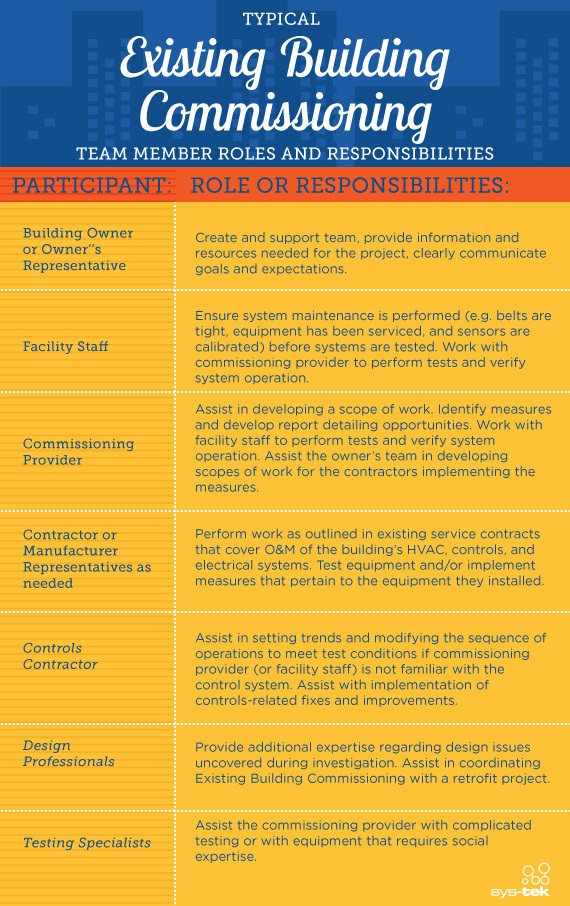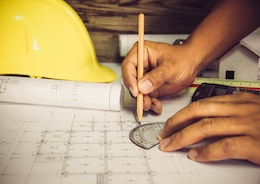How Businesses Reduce Costs Through Retro-Commissioning
Jul 31, 2013
For many businesses, energy costs are some of the largest operating expenses. Newer technologies and various incentives to help reduce these costs. Businesses operating in older buildings can achieve some of the greatest cost reductions through the process of retro-commissioning. This process identifies which areas of a building result in excessive energy consumption and proposes the necessary changes to reduce costs to more manageable levels.
Energy Consumption
Most buildings consume an excessive amount of energy due to natural losses. This can be caused by air drafts, poor insulation around pipes and ducts, or normal traffic in and out of the building. For newer buildings, these losses have been reduced greatly due in part to newer technologies along with a greater emphasis on energy efficiency. Retro-commissioning can help older facilities achieve the same benefits and cost savings.
Retro-Commissioning
Retro-Commissioning involves identifying which areas of old and antiquated buildings result in the greatest losses of energy efficiency. Most commonly these are identified as the heating, ventilation, and air conditioning systems. For these older buildings, a retro-commission can help businesses find ways to save costs. This can involve installing new furnaces, insulated ducts, and more efficient air conditioners. Other savings can be found by replacing windows with newer ones that benefit from better glass that prevent energy from escaping.
Incentives
Some government programs provide incentives for businesses to retro-commission their old buildings. These incentives encourage measures such as more efficient appliances, better weather-proofing, and an economically conscious mindset that saving energy means saving money. These incentives add onto the cost reductions of more efficient energy use, which leads to greater savings.
These government incentives provide a tax credit and other deductions for the owners or lessee of the building. To qualify for these tax credits, energy efficient lighting, water heaters, windows, air conditioning, and furnaces must be installed and certified to follow the requirements of section 179D of the tax code. The Department of Energy website provides a service to calculate the energy savings along with any tax credits.
Refitting buildings with new appliances and insulation is a powerful method of controlling energy usage and reducing costs. For older buildings, the potential savings is far greater because they have been relying upon older technologies to provide the same service. Government incentives help encourage this process by subsidizing these initial costs while allowing these businesses to benefit of the continued cost savings.








